10 compelling reasons to acknowledge New York’s Hispanic influence
Recognized as the world’s cultural epicenter, much of New York City’s influence on popular music around the world comes from the Latinos that live and perform there
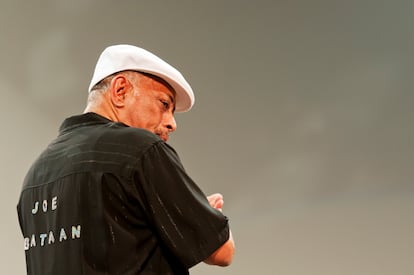

New York City is often recognized as one of the most important hotbeds of modern music. The city’s Hispanic heritage is a huge source of its vitality and legendary cultural diversity. The rap, Latin jazz, techno, and punk music of today were all influenced by 1970s salsa in what was “the center of the world” for Western music lovers.
Music with Latin American roots produced in the United States has dominated the charts for decades and is especially prominent in the Afro-Latino communities of Texas, New Mexico, California, Florida, Illinois and other states. For many, it all started in New York with the Latin American immigration boom of the 1940s and 1950s.
After the end of World War II, the United States experienced a historic wave of migration from various parts of Latin America, including a record number of immigrants from Puerto Rico. The 1940 census reported just under 70,000 Puerto Ricans living in the US. By 1950, that number had grown to over 226,000, with 83% living in New York City.
The cultural impact of this demographic transformation was soon felt in the world of music as Latin jazz was born.
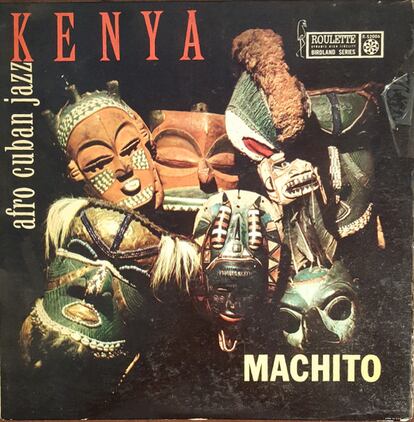
1. Machito: Afro-Kenya (1958)
The advent of high-fidelity stereo technology gave new life to the career of the Cuban musician known as Machito (Francisco Raúl Gutiérrez Grillo). Machito and his band, the Afro-Cubans, revitalized New York’s nightlife with this album that perfectly fit in with the sordid movies and TV shows of the late 1950s.
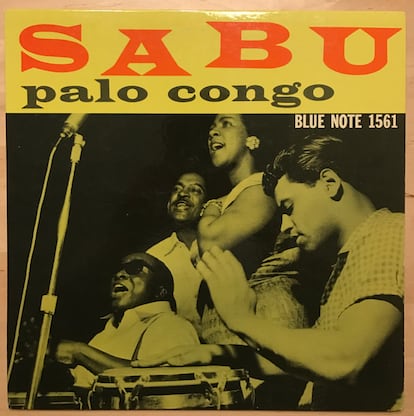
2. Sabu: Palo Congo (1957)
Many people say this album definitively marks the arrival of Afro-Latino music in the Big Apple and the Anglo world. Released by the legendary Blue Note jazz label, Palo Congo is Sabu Martinea’s debut as a bandleader, which is surprising on many levels, since conga players were rarely seen in leading roles.
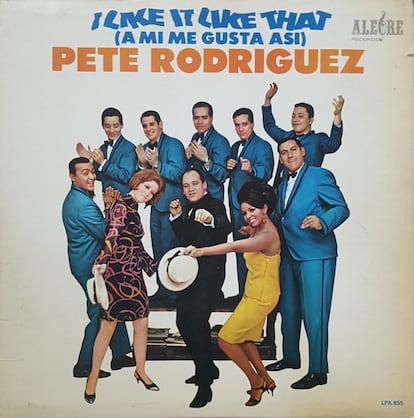
3. Pete Rodriguez: I Like It Like That (1967)
Long before reggaeton, Latino music was dominated by salsa. Going back even further, we had bomba, descargas and plenas, and the cha cha chá. But when youth culture began to influence everything, the boogaloo skyrocketed in popularity, peaking with “I Like it Like That.” The catchy song by Tony Pabon and Manny Rodríguez became a hit in 1967 for Pete Rodríguez, and again in 2018 for three superstars of Latino music — Cardi B, J Balvin y Bad Bunny.
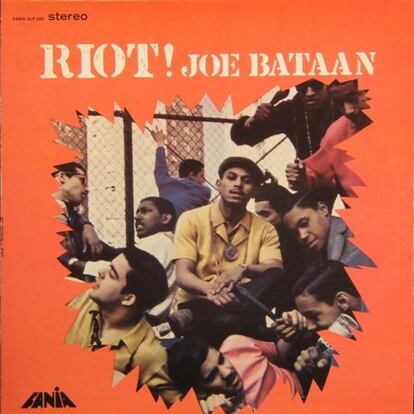
4. Joe Bataan: Riot! (1968)
If we ever thought that the confusing use of terms like “Latino,” “mestizo” and “Hispanic” in New York is the result of a socio-historical oversight, perhaps we underestimate its breadth and essence, personified in Bataan Nitollano, better known as Joe Bataan.
The son of an African American mother and Filipino father, Joe was born in a Puerto Rican area of Spanish Harlem. That’s where he absorbed the culture, learned the slang, adopted the worldview, and immersed himself in the music. A major star for the legendary Fania label, Bataan has always distinguished himself from his Puerto Rican contemporaries for his raw and honest portrayal of the Nuyorican streets of the late 1960s and ‘70s.
Now an octogenarian, Joe has never stopped reminding us about what it means to represent the music of the United States with excellence and pride in well-rounded albums like Riot!, which skillfully integrates the cha cha chá, bolero and boogaloo music that sparked the impending New York salsa explosion.
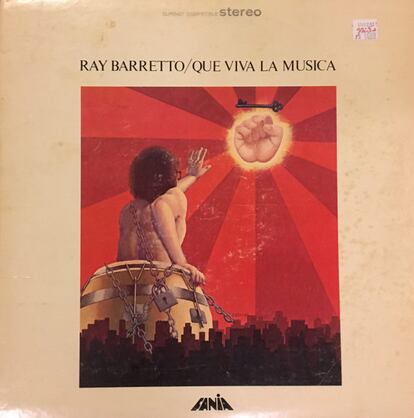
5. Ray Barreto: Que viva la música (1972)
By 1972, Raymundo Barretto, a New Yorker of Puerto Rican descent, was already a jazz and salsa legend, thanks to his masterful conga playing and his bandleader skills. Barreto had been recording since the 1950s with talented musicians like Art Taylor, Kenny Burrell and practically the entire Fania Records roster (Blades, Lavoe, Cruz, the Harlow brothers and more). But it was his own albums that established him as a first-class musician: Guajira and Guaguancó in 1964, Latino con Soul in 1967, and the powerful Acid in 1968.
Considered his finest effort, Que viva la música (Long Live Music) offers an impressive salsa rhythm without sacrificing fluency for virtuosity. It’s a seamless mix of salsa, cha cha chá and descarga. That’s what the streets of Latino communities all over New York sounded like at the time, right along with disco, funk, proto-rap and punk.
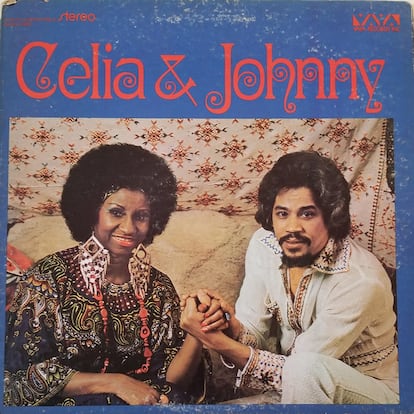
6. Celia & Johnny: Celia & Johnny (1974)
1974 was an important year for the Afro-descendant culture as a whole, especially in the performing arts, visual arts, sports and music. The fight of the century between heavyweight boxers George Foreman and Muhammad Ali took place in the Democratic Republic of the Congo (formerly Zaire), and it’s sometimes forgotten that two Latin music superstars — Celia Cruz and Johnny Pacheco — performed at the music festival held in conjunction with the fight.
Despite more than 20 years of making music, Celia Cruz was still regarded as an exotic creature in a male-dominated environment. But the power of Celia & Johnny soon opened the doors for many Latinas to follow in her musical footsteps.

7. Arto Lindsay/Ambitious Lovers: Envy (1984)
If Joe Baatan was able to add another flavor to the Hispanic musical melting pot with his Filipino heritage, American Arto Lindsay did the same with a unique Brazilian sound that opened a cultural portal to new frontiers in abstract art, no-wave, post-punk and minimalist rock.
Arto Lindsay has drawn from bossa nova, jazz improvisation, bolero, tropicalism, and some very strange musical reference points. Lindsay’s music helped New York extend its cultural ties with Brazil and Latin America through a style that veered wildly from the typical Caribbean-flavored dance tunes.

8. Cro-Mags: The Age Of Quarrel (1986)
Being a Latino in New York didn’t always involve bright colors, lots of dancing, fried pork delicacies, and banging on conga drums. Raised in Queens, Eric Casanova, lead singer of the iconic punk band Cro-Mags, infused his Puerto Rican identity into the predominantly white hardcore punk scene. Casanova’s powerful, in-your-face style resonated with the adolescent rage of underprivileged New Yorkers in the latter half of the 1980s.
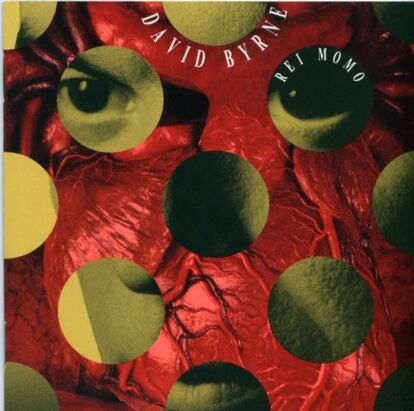
9. David Byrne: Rei Momo (1989)
When David Byrne released Rei Momo in 1989, New York’s Latin music purists were surely offended. However, the musical creativity of the former Talking Heads frontman sought and found a new language for enriching Latin music. The result was an enjoyable and important album for both Hispanic and Anglo audiences that would open doors for new generations of Latino musicians.

10. Helado Negro: Private Energy (2016)
The 2010s produced a more diverse, curious and creative Latin music scene in New York, even as the music industry faltered in an increasingly homogenized and fragmented global environment. Artists like Buscabulla (Puerto Rico) and Juan Wauters (Uruguay) have found a place to explore their culture in the Big Apple music scene, as has Helado Negro’s Roberto Carlos Lange (Ecuador), whose distinctive sound is an example of the new and exciting cross-cultural music being made today in New York City.
Sobre la firma
